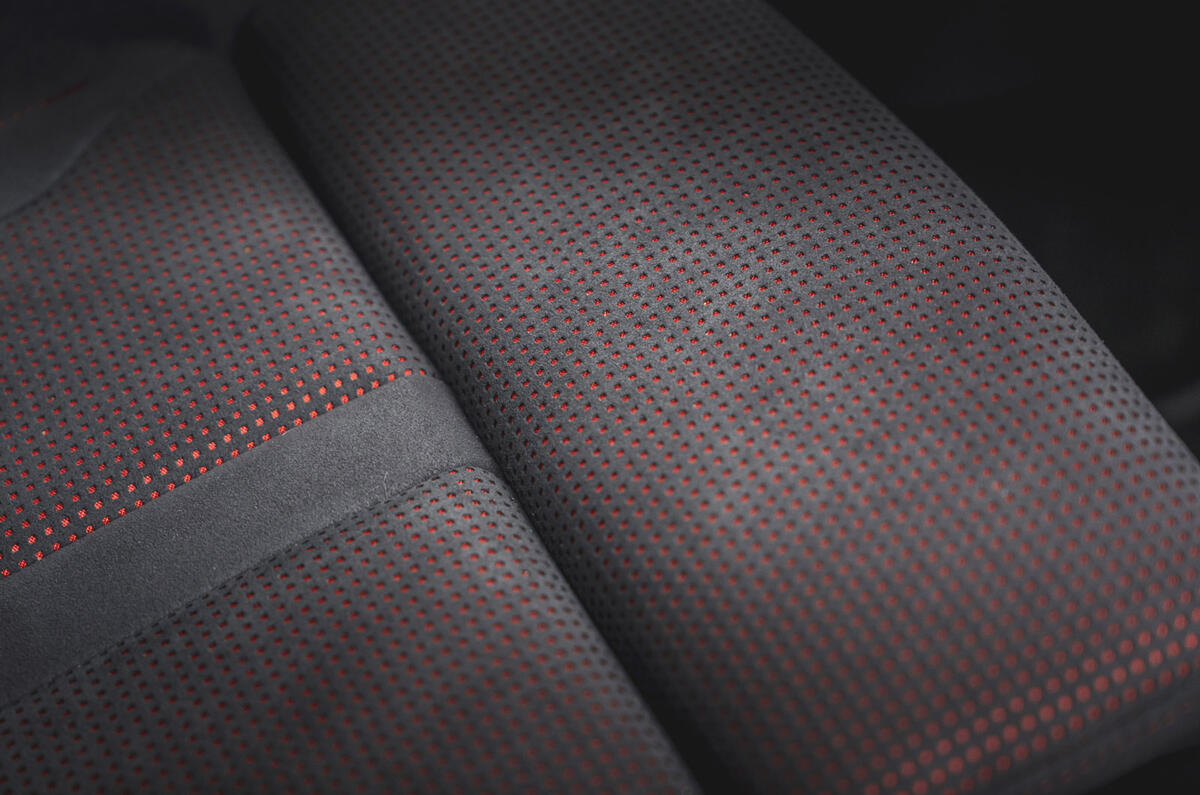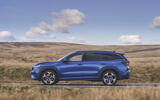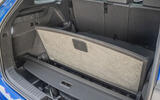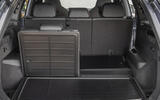The Skoda Kodiaq vRS probably wouldn’t exist if it weren’t for the way the Volkswagen Group operates.
'Flexible' platforms like the German giant's MQB one throw up various ‘why not?’ questions. It means you can have a multi-link axle and adaptive dampers in a otherwise lowly Volkswagen Golf. Because why not? Meanwhile, the clever four-wheel drive system with a torque-splitting device had already been developed for the Golf R, so more recently it has been shared around to the Cupra Leon and Audi S3.
Putting the Golf GTI engine into a Skoda Kodiaq for the sporty vRS version is more of a head-scratcher. A big seven-seat SUV tends to be used more for mooching than haring so is ideally suited to a torquey plug-in hybrid or diesel powertrain.
Indeed, when Skoda launched the Mk1 Kodiaq vRS, it did so with a 237bhp diesel engine. It switched to petrol power when facelifting the car in 2021, and that set-up is reprised for this second-generation Kodiaq.


























































